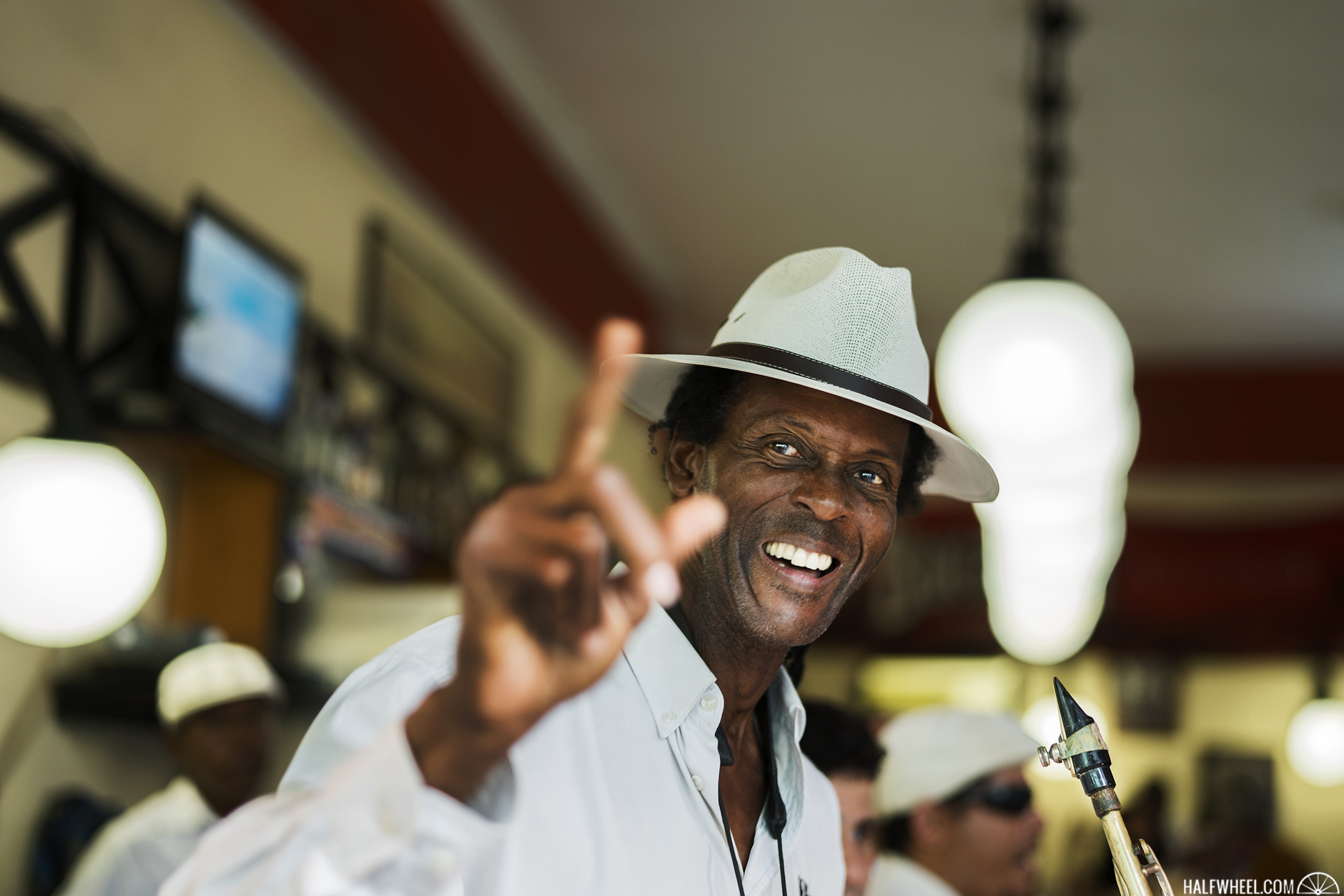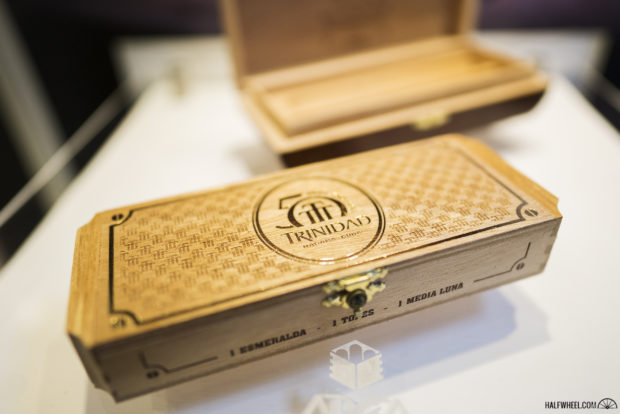Like just about every morning in Havana, my second day started with the sound of barking dogs. Lots of barking dogs, most of which were not in tune.
After a quick coffee, breakfast and a bit of work, it was time to visit the trade show again, mostly because there would be fewer people walking around due to a trip to Pinar del Rio that I had visited back in 2017. Today would be a light day due to the fact that the seminars and trips to factories, etc. would not start until later in the week, as well as the lack of any formal nighttime event.
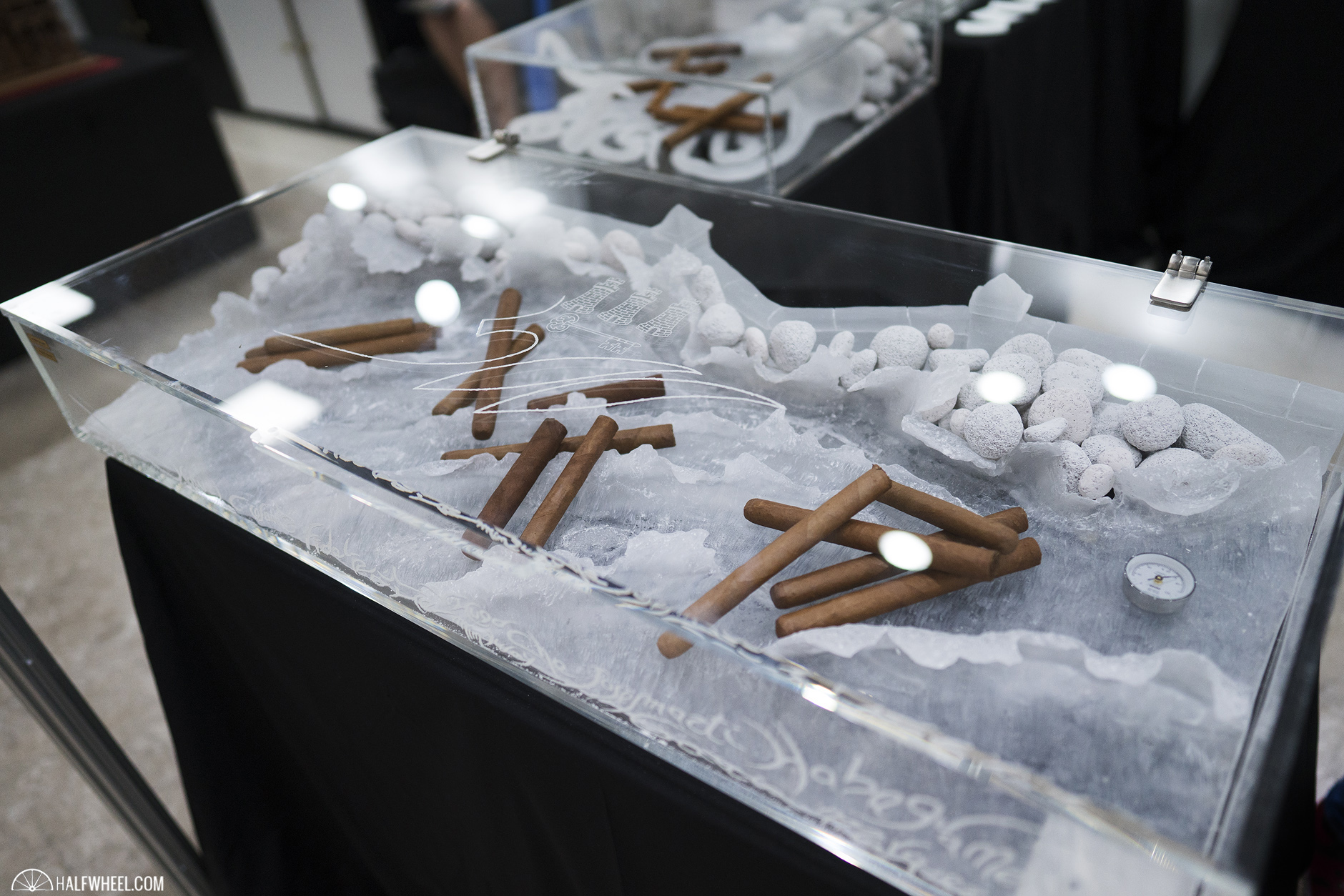
What Was First On The Agenda?
Although I had photographed quite a bit of the trade show the day before, I wanted to delve a bit deeper into some of the more interesting new companies that always seem to be on display on a somewhat revolving basis. While relatively small by U.S. standards, the trade show is full of different products, from original art to custom-made humidors, from cigar accessories to clothes and historical items.

One of the first booths I ran into—literally, since there was a table sticking out into the aisle—was for a company named Philip Guy, which sells large humidors made of tree resin that are filled with a specific type of rock that apparently works as a natural humidity regulator.
Although they bear a striking resemblance to regular pumice that has been painted white, according to the company the rocks are sourced from a specific location in France and work by absorbing the water and then maintaining a specific humidity as part of an already existing natural process. The amount of humidity that is present in each humidor is dependent on two main factors: the size of the humidor and the number of rocks that are installed into each.
The humidors are not only large, but extremely expensive—the one in the photo above looked like it could easily double as a shallow fish tank and was priced at 30,000 Euros ($33,997)—and must be made of the resin in order to keep the humidity levels correct. A spokesperson for the company told me that the rocks could not be used in more traditional humidors since the wood “would suck up all of the moisture.”
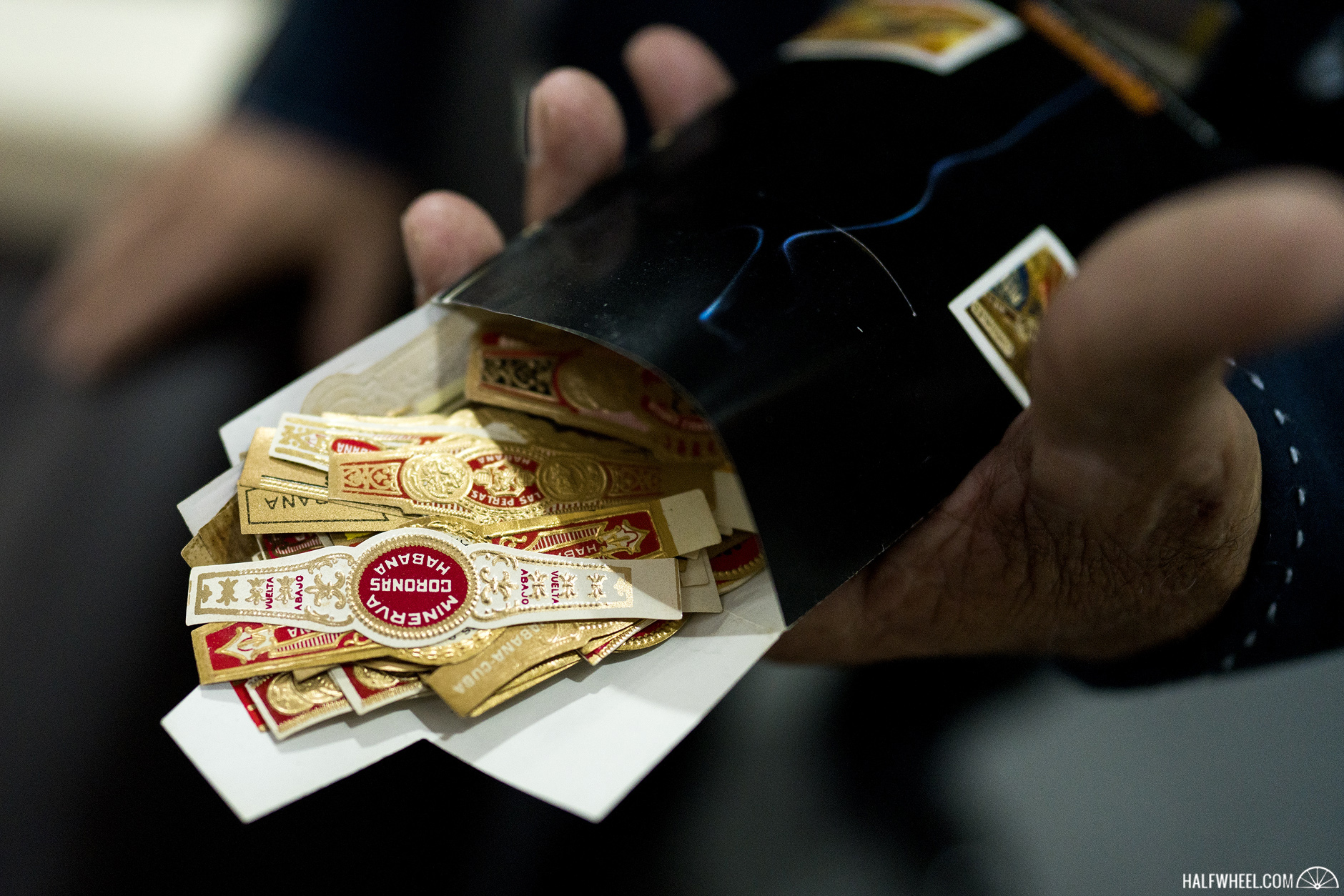
See Anything Else Interesting?
As I was walking around, I saw a piece of art that immediately caught my eye. Produced by a man named Ramon Iglesias Centeno, they are basically large pieces of glass and plexiglass that have multiple cutouts, which were then filled with genuine bands from different Cuban cigar companies, the vast majority of which have disappeared into the fog of history. Each installation is extremely large—close to five feet tall—and there were only two for sale, although Centeno had other items for sale, including hand-made humidors, ashtrays and paintings.
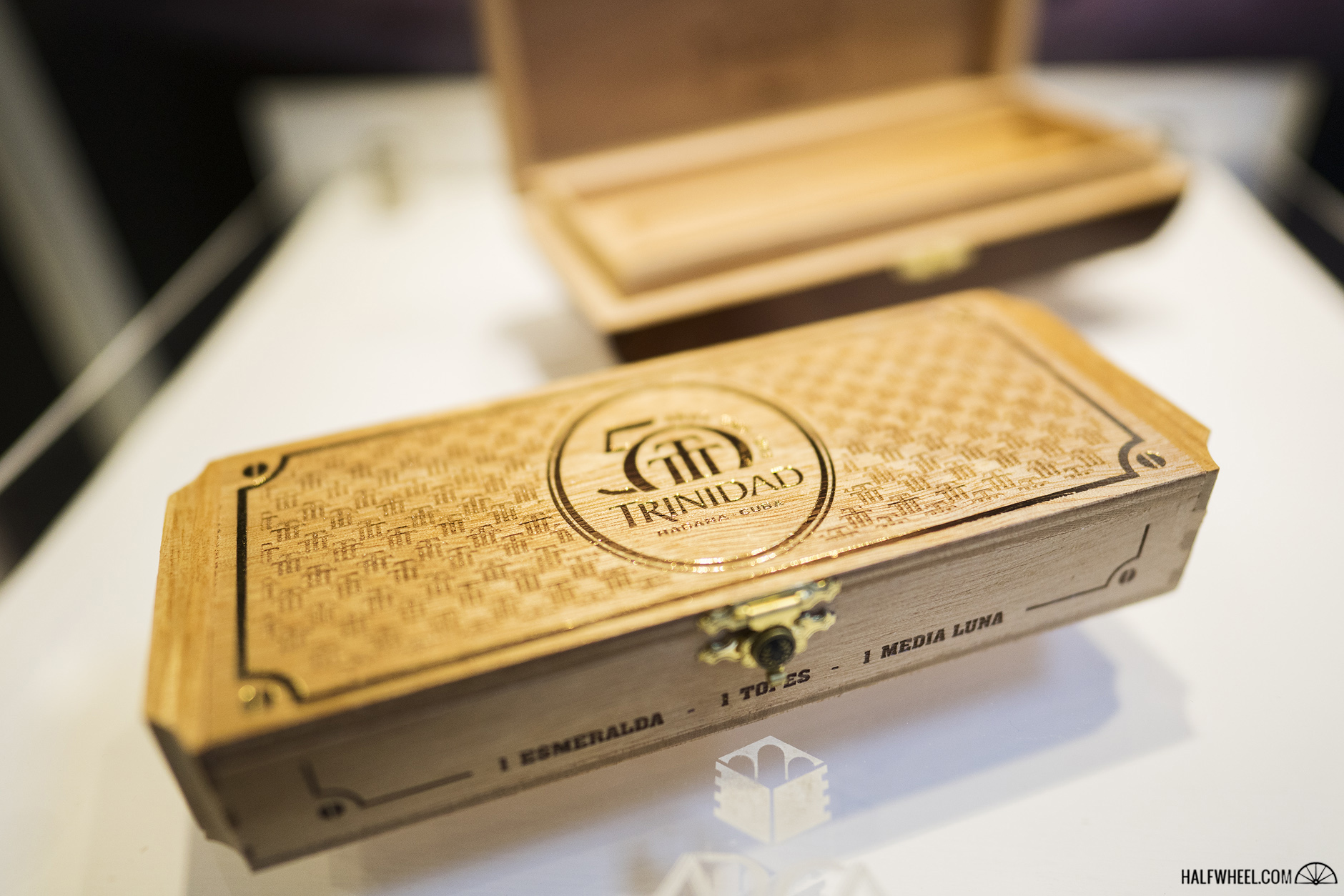
There was also a company that was showing off a number of different boxes and packaging it produced, and I was interested to see that one of the items was the coffin—sans cigars, sadly—that the Trinidad 50 Aniversario cigars would be packaged in when we get them during the final night’s Gala on Friday.
Did You Purchase Anything To Take Home?
Normally, I don’t bring much home cigar-wise, for a number of reasons: we have more cigars at the office that I could smoke in three lifetimes, and—perhaps more importantly—by the time I get to Cuba, most of the more interesting items have already been picked through.
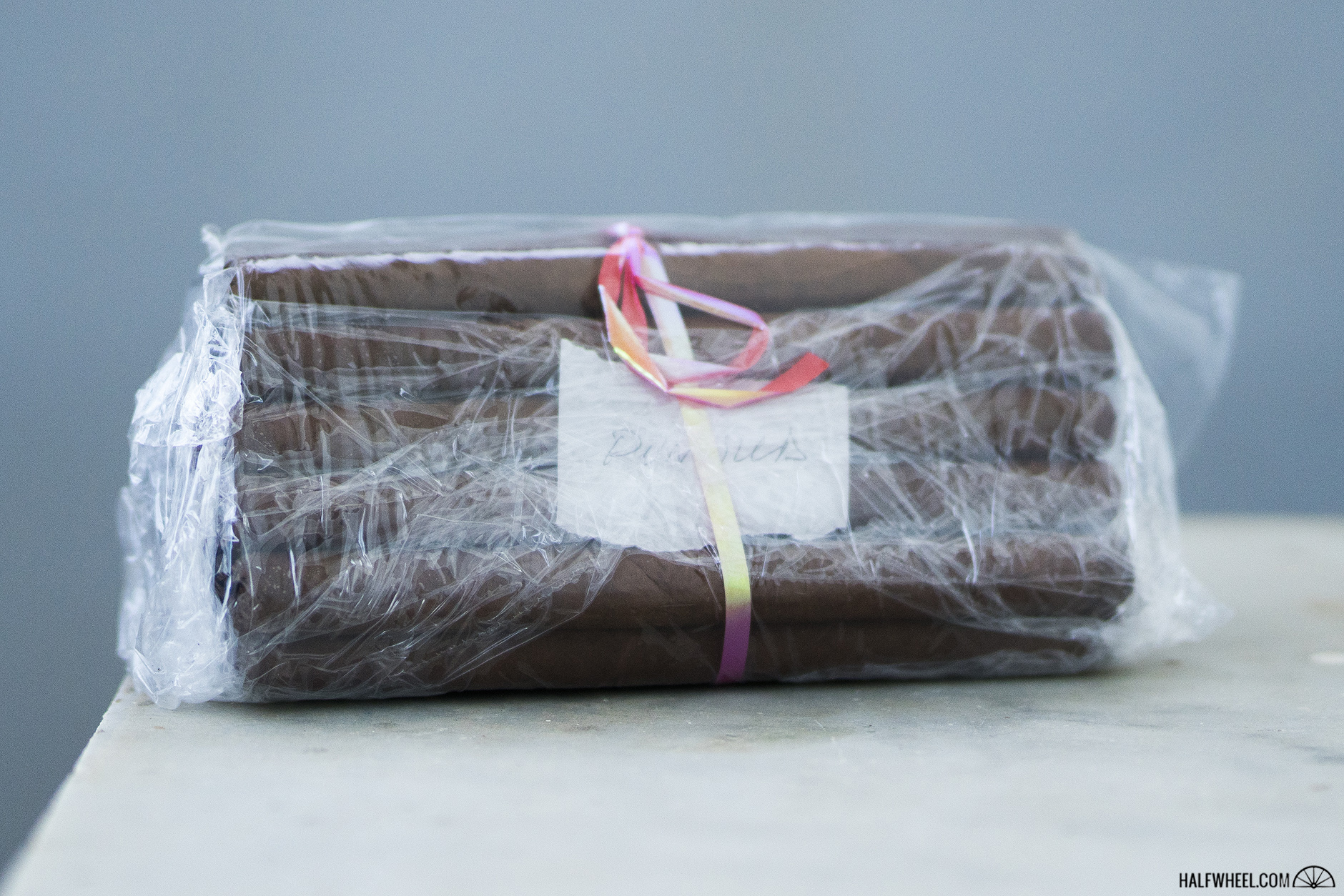
However, I wanted to get another bundle of custom-rolled cigars from Alejandro Gonzalez Arias, who rolls cigars at the Casa del Habano store located next to the Hotel Comodoro. Last year Alex was contracted by the owner of FriendsOfHabanos.com to produce a specific custom rolled vitola in a special blend for the company’s Friends of Habanos forum, a 6 x 40 petit lancero that was named La Puntilla named after the thin nail used in the construction of cigar boxes.

While visiting the store, I noticed a release I had not seen in a long time: the H. Upmann Noellas that debuted in 2010 packaged in glass jars that were made to look like the original jar that was produced until the 1980s. The production was originally limited to just 5,000 jars of 25, and they were sold exclusively at La Casa del Habano stores around the world.
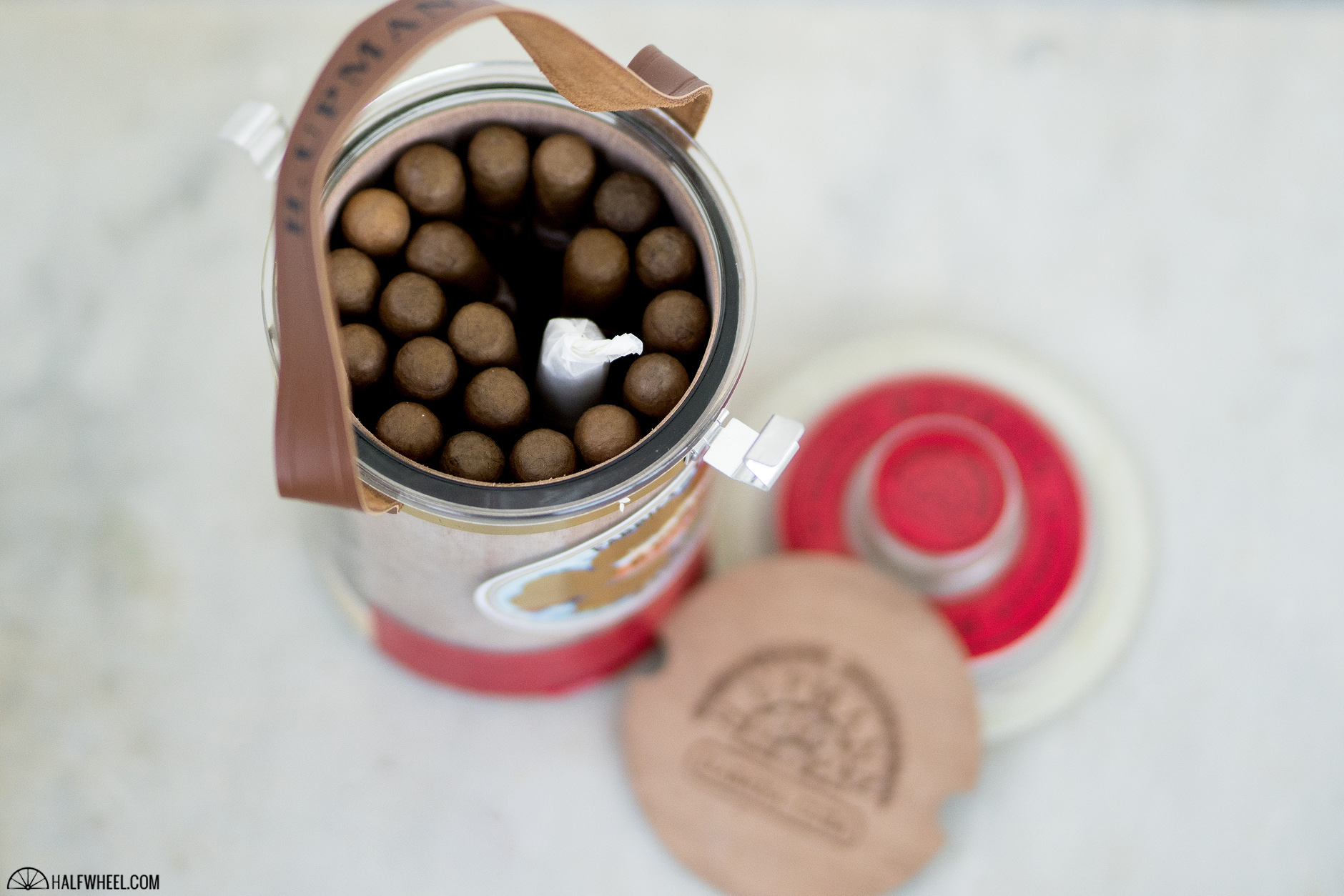
Although I was aware that there were more being made, I had not seen a new jar in years, and the total price of $122 CUC—about $150 with the conversion penalty—made it an absolute no brainer.
What Was The Most Interesting Thing You Saw?
